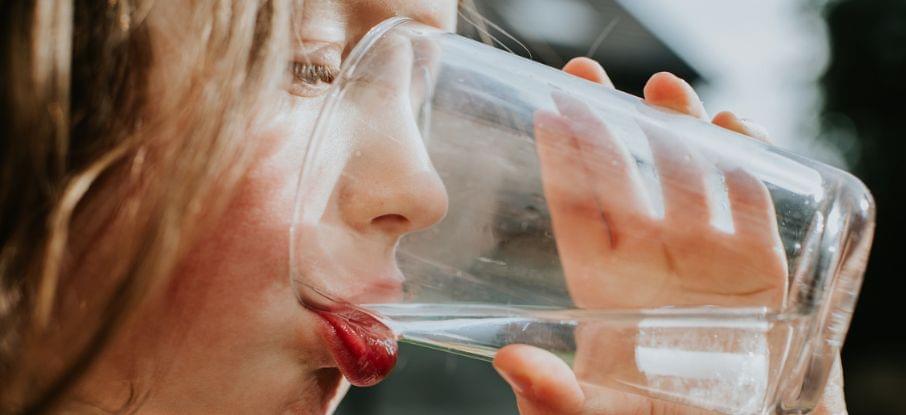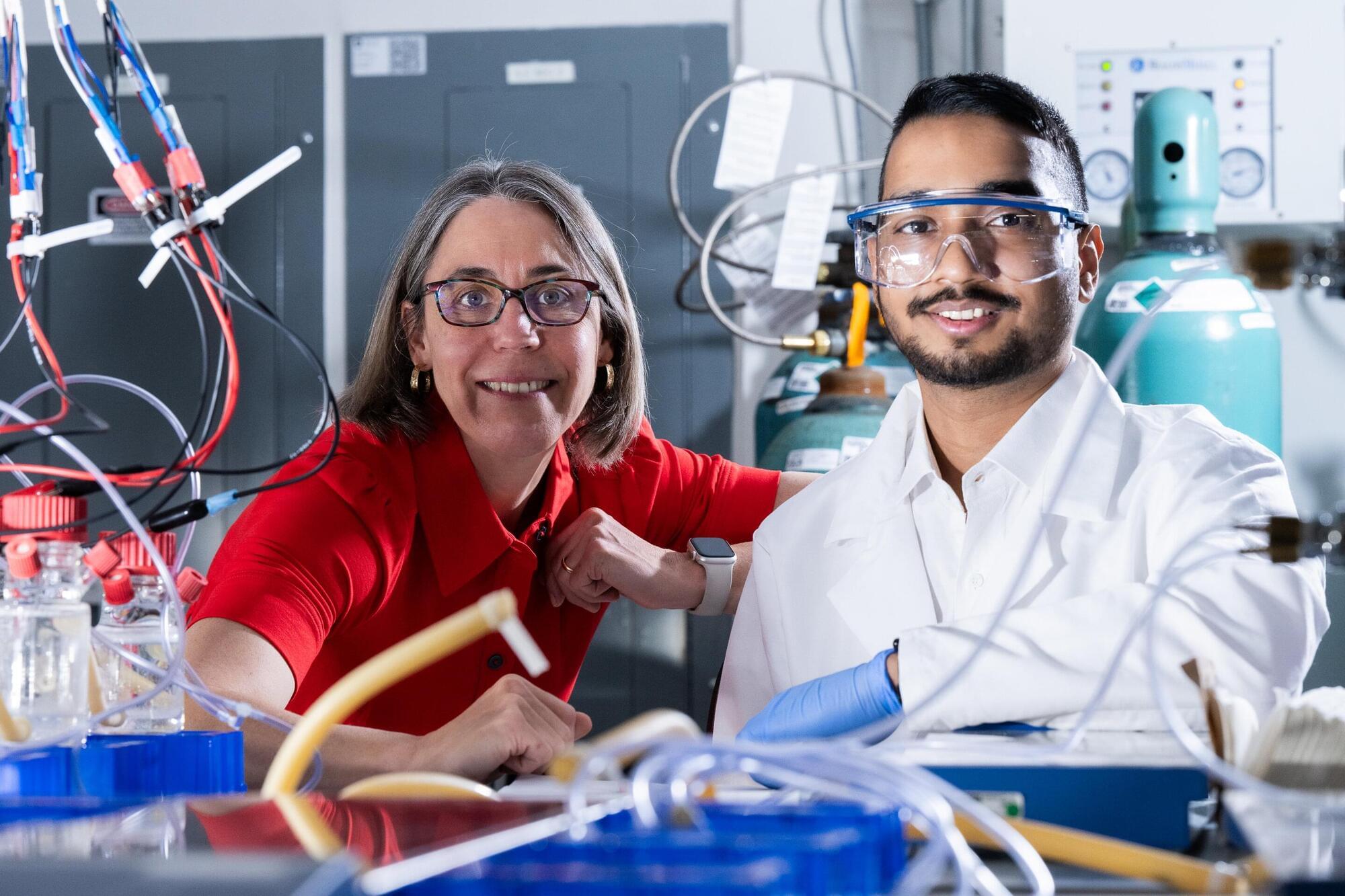Tiny pieces of plastic are an increasingly big problem. Known as microplastics, they originate from clothing, kitchen utensils, personal care products, and countless other everyday objects. Their durability makes them persistent in the environment – including in human bodies.
Not only are many people on Earth already contaminated by microplastics, but we’re also still being exposed every day, as there is minimal regulation of these insidious specks.
According to a new literature review, a significant portion of our microplastic exposure may come from drinking water, as wastewater treatment plants are still not effectively removing microplastics.








